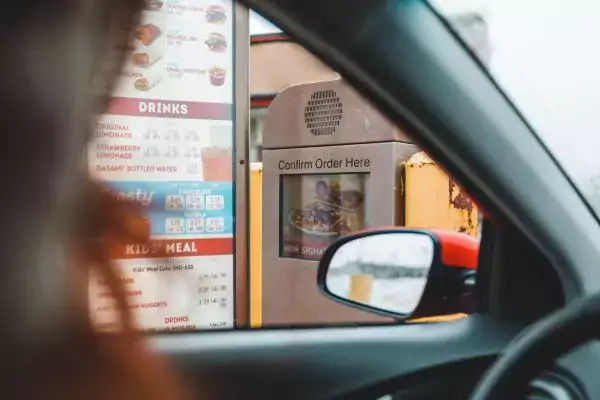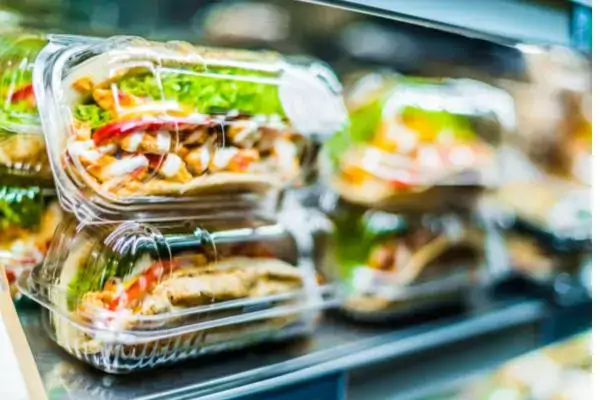Once thought to be a luxury for large-chain operations, digital menu boards are becoming increasingly popular in quick-service restaurants and other foodservice businesses.
According to Mazen Naser of Dynamic & Static Digital Signage, digital signage has seen several advancements in commercial-grade LCD TV technology as well as improvements in the display’s content management software and digital media players. This has lowered the cost of digital signage, including menu boards, for small, medium and large businesses.
How do you know if digital menu boards are right for your foodservice operation? Before making this decision, gather as much sales data as you can and develop a strategy.
Here are some important things to keep in mind:
1. Menu strategy
Tom Cook, an expert in the digital menu space, calls this the “missing link” to menu board optimization. Where are sales and profits coming from in your stores? Identify strengths and weaknesses in your sales. Consider the local market, demographics, economic climate and regulations.
Tip: Digital menu boards allow you to experiment by introducing new items and following foodservice trends. However, you’ll want to develop a schedule for implementing changes so your brand won’t seem fickle. Sudden menu changes could disappointment loyal patrons, so gather their feedback before making major updates.
2. Equipment
Screen size, screen resolution, media players and content management systems are all decisions that will need to be made. Will updates be made from a cloud-based solution or will each store use a computer to update their menu boards? Will you use Wi-Fi Internet or a 3G network?
Tip: Unless you have someone on staff with this level of technical knowledge, it’s probably best to consult with a technology provider. Many companies offer services from design to implementation and will advise you on customizable features, including the ability to update your menus from a mobile device.
3. Design
How will items appear on screen? Customers are going to look at certain areas of the menu first. As Cook explains, the bestselling, highest-margin items need to be more impactful than low-margin items.Also, will your menus have high-resolution still photos, video or a combination of both on rotation? Video will likely have higher production cost, so consider your budget. Remember branding and promotion when designing.
Tip: Analyze sales data along with menu item profitability. You must understand where your sales are coming from in order to determine how you place items on the screen. Digital menu boards will help you simplify dayparting and franchise management.
4. Placement
Determine where to place the screens in your store. If you want to understand how your customers order, put yourself in their shoes. Make sure the screens aren’t too far away and angle them for readability.
Tip: Early on in the process, when you’re deciding where screens will be placed, make sure there are enough wall electrical outlets for screens and players.
Remember to train your staff before the screens go live. On a store level, review how to properly clean the screens. It may depend on the size of your operation, but you should determine who will be responsible for updating menus. Decide if franchisees will be given guidelines to make changes or if the screens will be controlled from a central location.
If not done in unison, such changes can result in confusion that negatively impacts your brand.
Subscribe to our blog
You are now subscribed!


